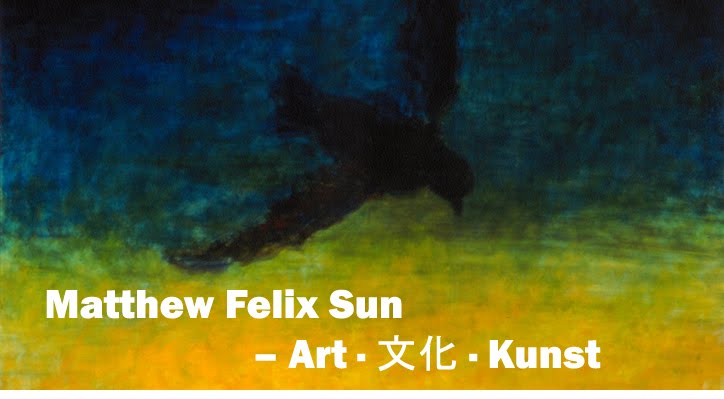The tour of this section started with Ingres and his workshop's Odalisque in Grisaille, which I didn't remember having seen, though the version with full color was trice familiar. It was very fascinating to see how Ingres employed the technique traced back from Renaissance Old Masters.

Odalisque in Grisaille, c. 1824-34, Jean-Auguste-Dominique Ingres and Workshop
But Ingres' Opus were almost belong to the previous century and his classical world were soon superseded by those more earthy and in-your-face type of depictions of life, like The Spanish Singer by Manet and The Third-Class Carriage by Honoré Daumier. Yet, they were not manifested from thin air; rather, they carried on the traditions of Goya and Rembrandt, et al.

The Spanish Singer, 1860, Édouard Manet

The Third-Class Carriage, ca. 1862–64, Honoré Daumier
In the same unsettling way, landscape paintings made stride in France. The best examples are those by Courbet and Corot. Monet made landscape paintings in this style as well, before he went on to become an "impressionist". Millet also excelled in country landscape as well.

The Source of the Loue, 1864, Gustave Courbet

The Ferryman (left),Ville-d'Avray, c. 1865, A Woman Gathering Faggots at Ville-d'Avray (right), c. 1871-74, Camille Corot

The Green Wave, after 1865, Claude Monet

Haystacks: Autumn, c. 1874, Jean-François Millet
But these artists didn't neglect the human world, with the exception of Monet, who showed no interest in depicting people but Manet, Millet, Corot, plus later comers Degas, Cézanne, kept unearthing the truth of human conditions.

Young Lady in 1866, 1866, Édouard Manet

A Woman Reading, 1869 and 1870, Camille Corot

The Dance Class, 1874, Edgar Degas

Boating, 1874, Édouard Manet
Cézanne's portraits, over the years, had evolved so much and one could see the advance of cubism in his Madame Cézanne (née Hortense Fiquet, 1850–1922) in a Red Dress dated 1888-90.

The Card Players, 1890-92, Paul Cézanne

Antoine Dominique Sauveur Aubert (born 1817), the Artist's Uncle, 1866, Paul Cézanne

Madame Cézanne (née Hortense Fiquet, 1850–1922) in a Red Dress, 1888-90, Paul Cézanne
I might have missed portrait and figure paintings by Gauguin but his still life was just as energetic and bold. Bolder still, we entered Van Gogh's world. I included a few paintings by him - both still life and portrait, not the most familiar ones but still very well known - beautiful, and slightly edgy and unsettling.

Still Life with Teapot and Fruit, 1896, Paul Gauguin

Roses, 1890, Vincent van Gogh

Sunflowers, 1887, Vincent van Gogh

L'Arlésienne Madame Joseph-Michel Ginoux (née Marie Julien, 1848–1911), 1888-89, Vincent van Gogh
Next giants were Matisse and Picasso. This 1906 early Matisse below definitely had obvious contrast to those included in the special exhibit at MOMA - "Matisse: Radical Invention, 1913-1917", but the connections even to his later period can be easily identified.

The Sailor II, 1906, Henri Matisse
Picasso created La Coiffure in 1906 as well. It was an exciting period for sure.

La Coiffure, 1906, Pablo Picasso
It was good to see the damaged The Actor had been repaired and were back in the gallery. The restorers did such a wonderful job that one could not see the damages at all.

The Actor, 1904-05, Pablo Picasso
There were many more wonderful works, all the way down to the end of 20th century.

The Dark Mountain, Number 1, 1909, Marsden Hartley

Tables for Ladies, 1930, Edward Hopper

Jean Paulhan, 1946, Jean Paulhan

Venice, Night, from Venetian Views, 1995, Howard Hodgkin
The only sculpture I stopped by to study, after many from Greek and Roman section, was a Herakles the Archer, which was dated only as 20th century:

Herakles the Archer, 20th century, Emile-Antoine Bourdelle
>> New York City Report, September 2010, Part XIII: Max Beckmann's Paintings in MOMA and MET
<< New York City Report, September 2010, Part XI: 14th - 18th Century Paintings at the MET





No comments:
Post a Comment